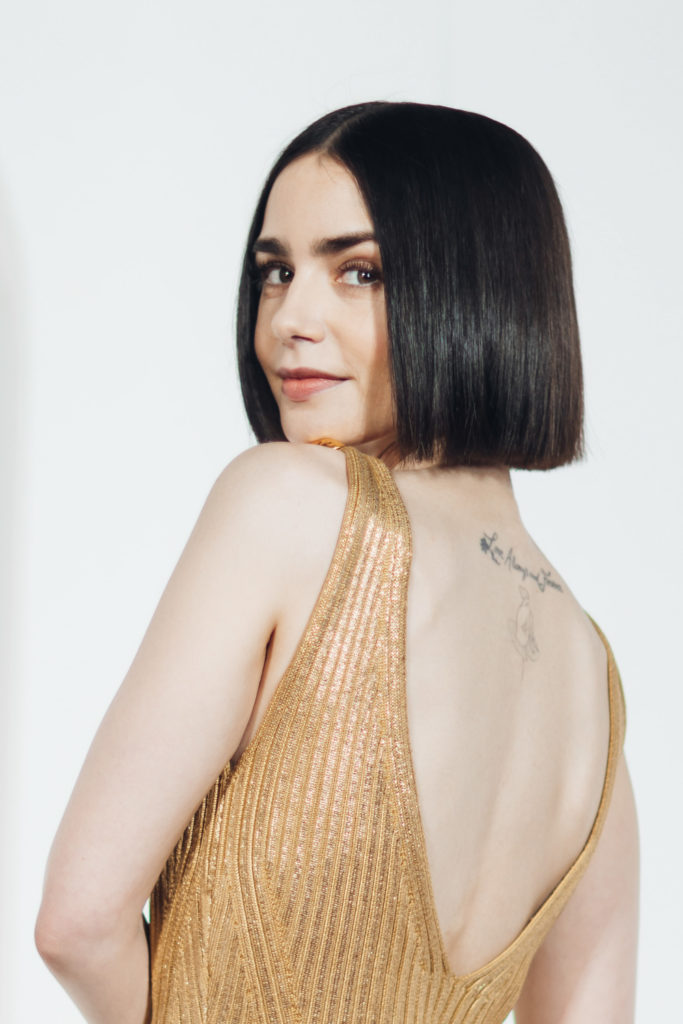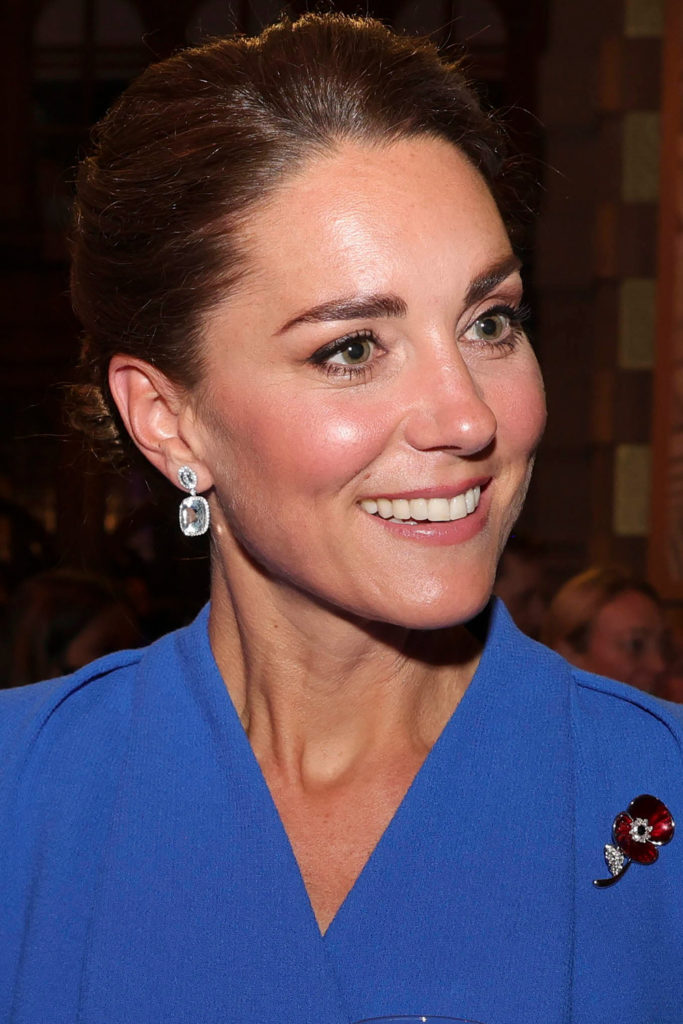
How To Anti-Age Your Smile, According To A Dentist
By
7 months ago
The ultimate smile guide
The Hollywood smile is fading as self-conscious Brits opt to flash more naturally enhanced pearly whites, says Juliet Herd. She speaks to Dr Tom Crawford Clarke, winner of Best Young Private Dentist at the 2019 Dentistry Awards, about how anti-ageing your smile through more natural means can help boost confidence.
How To Naturally Anti-Age Your Smile
As a nation, we’ve never been so obsessed with our smiles. Whether it’s down to the ‘Zoom boom’, social media or Hollywood, we’re more self-conscious than ever when we say ‘cheese’, with one in four Brits admitting to hating their smile. It’s even impacting our relationships and dating life, according to a recent survey by Smmmile, which found that 57 percent of people dreaded smiling at their partners.
As a result, most of us (77 percent of those surveyed) are keen to improve how we look when we flash our pearly whites and are prepared to invest in aesthetic dental treatment.
But whereas in the past, people would aspire to dazzle with celebrity-style veneers, they now want to show off a more naturally enhanced smile. ‘We’re moving out of that Hollywood era of smiles,’ says leading UK cosmetic dentist Dr Tom Crawford Clarke, founder of London-based LUCEO Dental.
The so-called ‘Turkey teeth’ process, which involves teeth being filed down into stubs or fangs so that crowns can then be cemented over the remaining tooth, is a firm no-no in his books, too. ‘Most people go to Turkey to have dental crowns done, but it is the most invasive thing you can do,’ he warns. ‘People with healthy teeth should never have them for appearance’s sake but social media has meant that a lot of people strive for unrealistic perfection.’
For Dr Crawford Clarke, who specialises in restorative and composite dentistry, it’s all about ‘anti-ageing’ a person’s smile in the most natural way possible – with a focus on good oral health. This is particularly important for women going through hormonal changes due to either menopause or pregnancy, which can make them more susceptible to gum disease and other potentially serious problems.
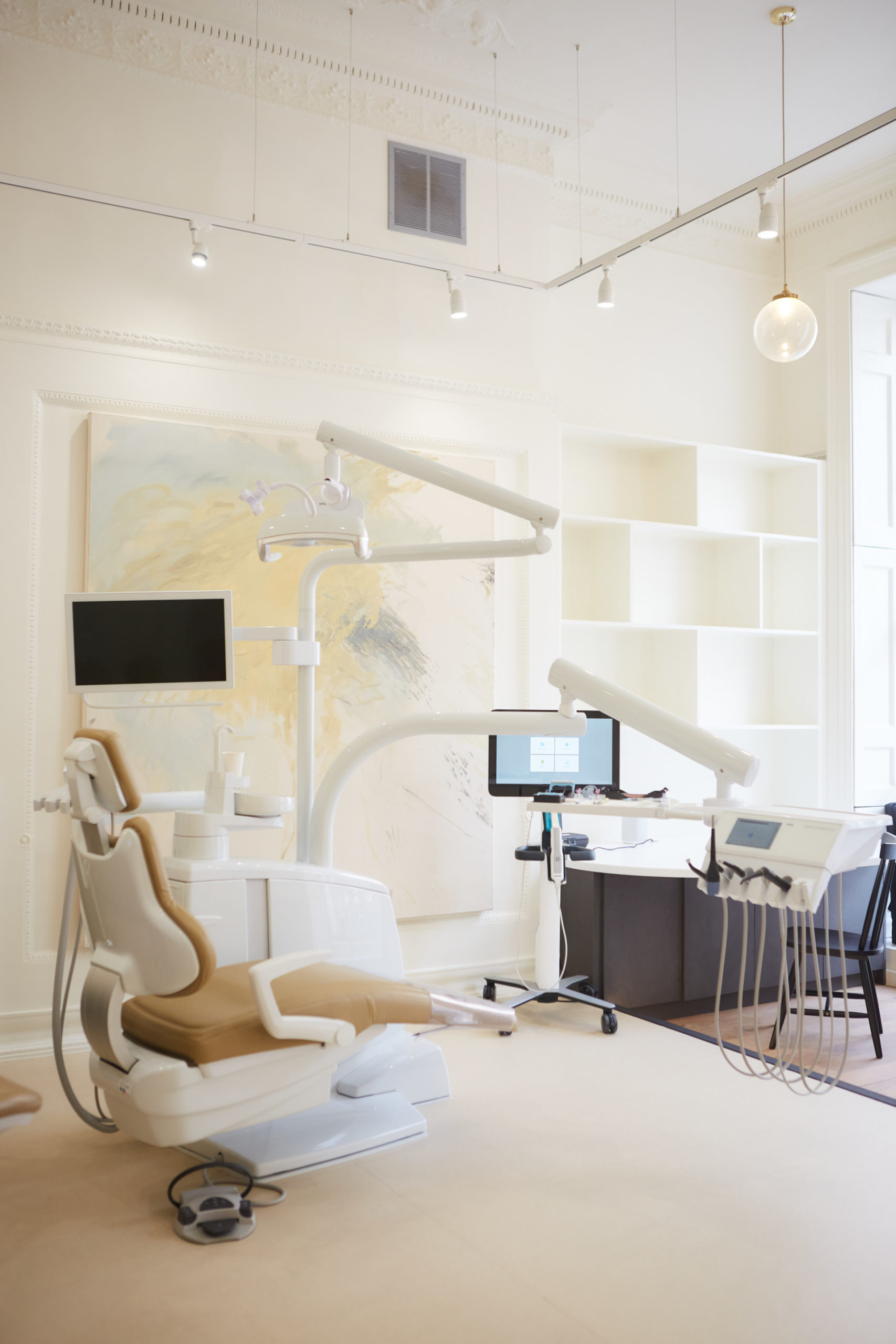
LUCEO Dental
10 Expert Tips From A Dentist
Here, Dr Crawford Clarke explains how to boost your confidence – and your health – with a natural-looking smile:
1. Know The Three Stages
There are three key stages to enhancing your smile and building a foundation for long-term oral health. You need to ensure the teeth are in the correct position to start with, to make sure the bite is stable and teeth are straight. They will be less likely to wear down then and easier to clean. The first stage is normally some tooth straightening using Invisalign, which takes between four and six months on average, to shift teeth into the desired position. This is followed by a three-week whitening process, to make your teeth naturally white with no risk of damage. The final step is enhancing the natural shape of your teeth, bringing them into sync with your smile and restoring symmetry with either composite bonding or minimal preparation porcelain veneers.
2. Visualise Your Goal
The biggest advance in dentistry is being able to show patients digital simulations of how they could look, which makes it very easy for them to decide what they want. We use specific facial features to guide the new smile, such as the curvature of the lips and facial shape and symmetry, to ensure your new teeth will be the correct shape and in the right place. I usually aim to subtly enhance the natural features of my patients’ teeth, rather than change everything.
3. Don’t Worry About Age
I get people of all ages keen to improve their smile, from people in their 60s wanting to look more attractive post-divorce or younger professionals starting a new job or going for a promotion. Self-esteem is a major driving factor and there’s definitely an element of feeling better about themselves and more confident.
4. Trust The Tech
The patient is not always the best person to ask when it comes to knowing what will look best. Someone else’s smile may not work for them. After our digital smile planning, I can show them a preview of their new smile on their actual teeth using a temporary material. They get a really good idea of how their new smile could look and it allows them an opportunity to say if they prefer a slightly squarer or longer tooth, for example. It comes down to subjective nuances in the end.
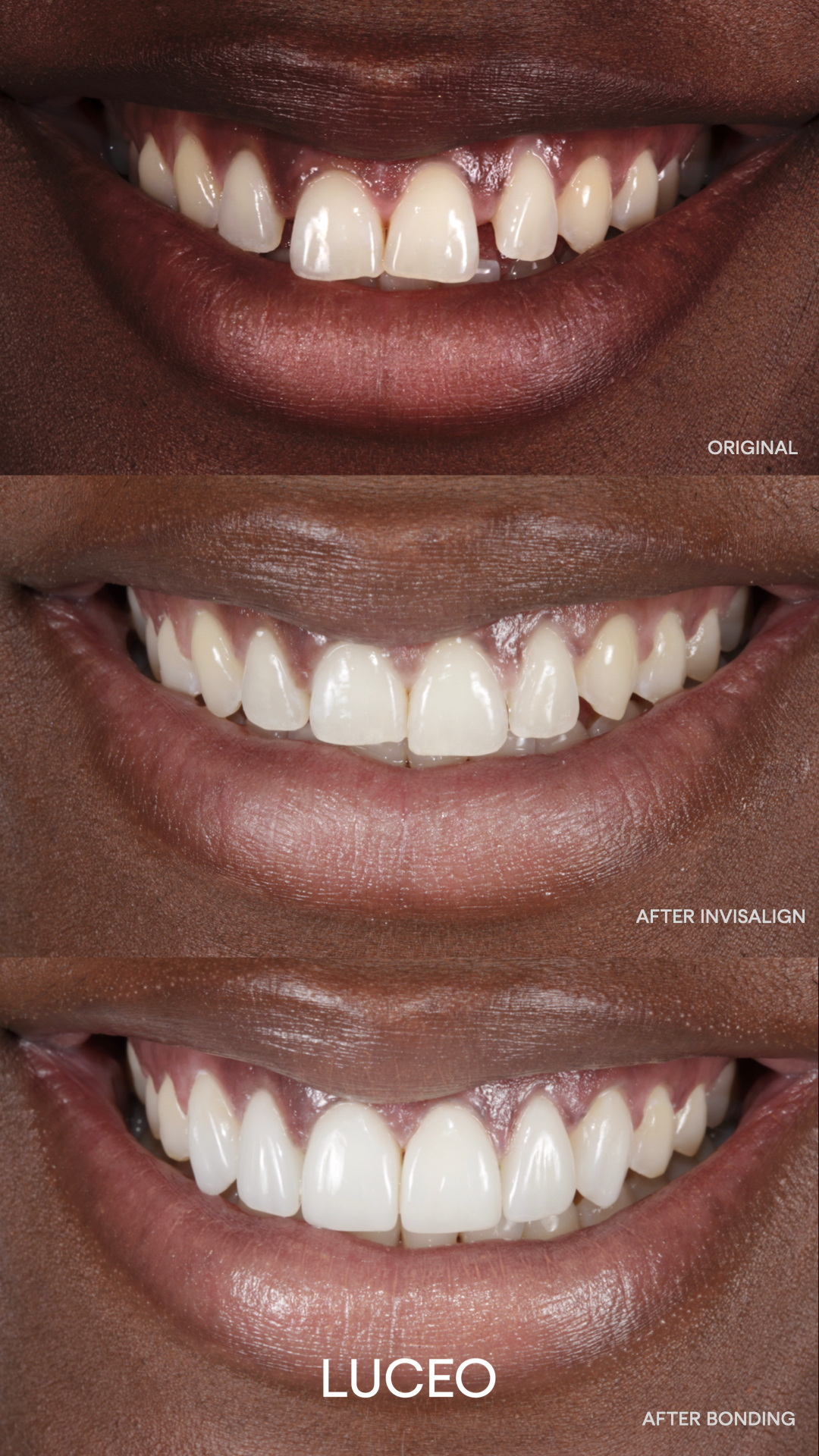
5. Straighten Your Teeth
When you have straighter teeth, you are less likely to get gum issues, there’s less recession and your teeth are easier to clean. Invisalign works so well and achieves the same result as metal braces. The main reason people choose it, is because it is much more comfortable and the aligners are made bespoke to your teeth, so they’re far less noticeable. Because of the bio-mechanics, they usually work quicker than braces and are pre-programmed to move teeth gradually, which means you should never suffer too much discomfort.
6. Try Whitening
Anti-ageing someone’s smile predominately involves tackling the colour of their teeth – the older you are, the more yellow they become – as well as the length. We use the home whitening method, making whitening trays and providing specific gels to get the best result. In the UK, only a dentist can use hydrogen peroxide over 0.1 percent, and on average we use between three to six percent to safely and effectively whiten teeth. Teeth get shorter as you age due to natural wear and tear. By lengthening the teeth and recreating a bit of natural anatomy on the edges, you can rejuvenate someone’s smile. Female teeth lend themselves to a slightly softer, more rounded shape, whereas male teeth are slightly squarer with a sharper edge.
7. Check Out The Alternatives
My area of expertise is composite bonding, which involves a tooth-coloured resin (the same material used in white fillings) being sculpted onto the natural tooth to achieve a ‘veneer’-type result. It’s non-invasive, highly customisable and enhances the appearance of teeth without having to drill any of the tooth away. I’ve done more than 10,000 composite bondings and there is a definite artistry to it. It’s all done by hand using special brushes. You can have five to six colours in a natural tooth and the fun is trying to replicate those with composite material. It takes around three to four hours and the time flies by.
8. Consider A Professional Clean
Professional methods for cleaning teeth have come a long way. Historically, you only had manual instruments to scrape the surface of teeth, then came ultrasonic scalers and now there is Guided Biofilm Therapy (GBT), which is what we use at LUCEO Dental. It combines a powder and water spray to gently remove the surface bacteria, which is much more effective and comfortable than traditional cleaning.
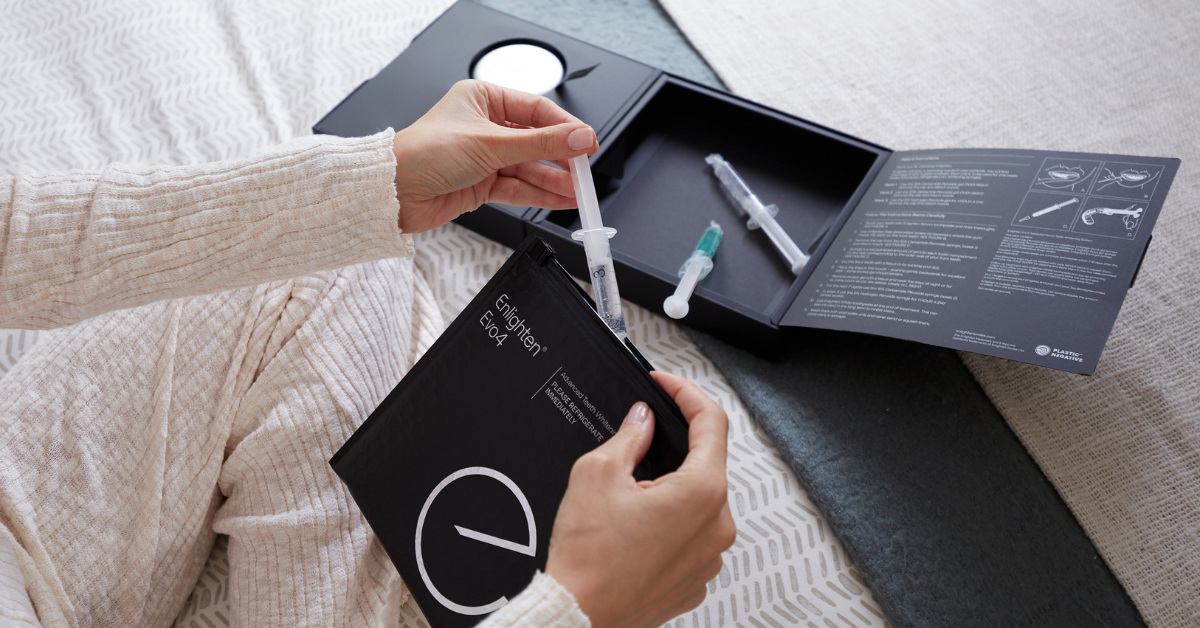
9. Keep Your Gums Healthy
Oral biofilm is a fancy way of saying bacterial habitat, a collection of different types of micro-organisms, including the primary bacteria that forms on teeth and along the gum line and allows other bacteria to attach. While a small percentage of people won’t have gum issues regardless of how they brush their teeth, most people are at risk if they leave this sticky film unchecked. The gums are the gateway to your body and almost like a window into your overall health. Recent studies have proven a direct link between gum health and your overall health, as the bacteria present in oral biofilm can enter the bloodstream and contribute to various health conditions, including cardiovascular disease and diabetes. More recently, links have been found with dementia.
10. Prioritise Your Oral Health
In women, particularly those going through menopause, oral health is crucial. Changes in hormone levels during menopause can lead to dental issues such as dry mouth, gum disease and an increased risk of developing cavities. For pregnant women, gum disease has been linked to adverse pregnancy outcomes, including preterm birth and low birth weight. Hormonal changes during pregnancy can make gums more susceptible to inflammation and infection, exacerbating the effects of oral biofilm. Poor oral health in pregnant women has also been associated with an increased risk of developing gestational diabetes, preeclampsia, and other pregnancy complications. These risks highlight the importance of oral hygiene and regular dental care during pregnancy to safeguard both maternal and foetal health.
Images courtesy of LUCEO Dental




